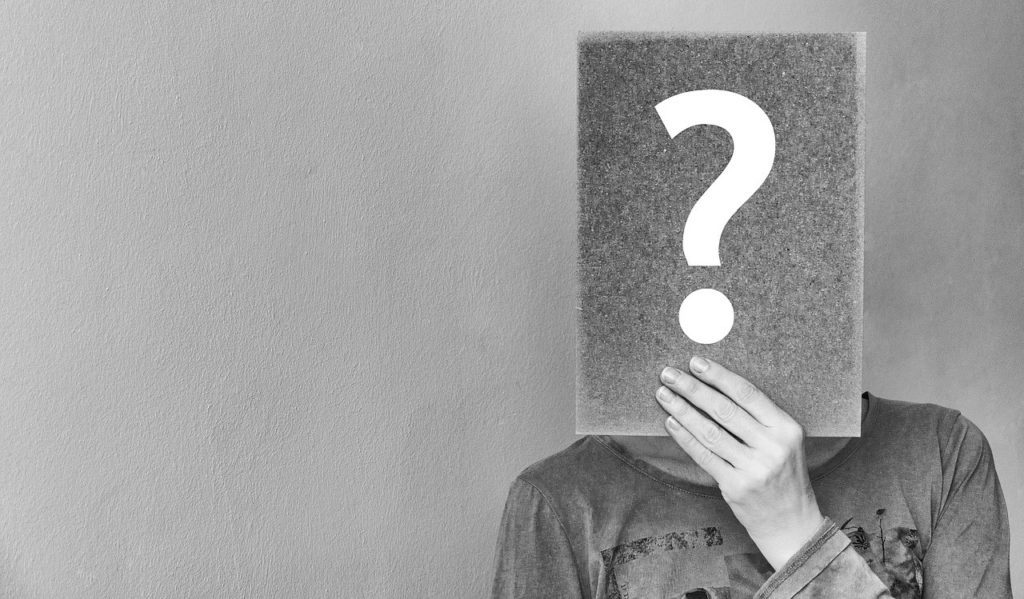
There are two types of role models: good and bad. Actually, both are good. Let me explain.
It is, of course, good to be around a person who possesses virtuous qualities and whose exemplary behavior is kind, wise, and effective. Such a person provides a model to follow. But what about someone with undesirable qualities and poor behavior? Such a person actually offers us two benefits, one fairly obvious and one hidden.
The obvious benefit of a “bad” role model is simply that he is a good example of a bad example. Bad role models clearly demonstrate what not to do. This is especially helpful if their lives appear to be unpleasant and unsuccessful, thereby motivating our rejection of their ways. Few people struggle to glean the life lessons to be learned from a deadbeat dad who loses his job and his family because he’s a raging alcoholic. His failings are obvious, and we’d be fools to follow in his footsteps.
However, in order to access the hidden benefit of a bad role model, we have to ask ourselves an uncomfortable question:
“How am I that?”
When you see people behaving badly, and after you finish the automatic routine of judging them (Don’t feel bad – we all do it.), turn your attention away from all the reasons why their actions are wrong, and use them as a mirror. Reflect on your own behavior. How are you like them? How are those negative qualities you are so quick to notice and condemn in others still present in yourself? What steps can you take to become less like them?
This can make a trip to the grocery store rather enlightening. The woman who stops in the middle of the aisle to check her phone, oblivious to the fact she’s blocking your way, is being self-absorbed and failing to think about the people around her. Are you so perfectly selfless that you’re never guilty of something similar? I’m not. The guy who cuts you off on your drive home is being impatient and rude. Can you honestly say that you never do the same? I sure can’t. It’s not that you do the exact same things they do, but that you do similarly “bad” things that result from similar faults.
Some bad examples are so extreme that their behaviors and traits are caricatures of things that do still exist in ourselves but in much smaller ways – the deadbeat dad mentioned earlier, for example. Such people are easy to dismiss as ‘nothing like me’ because they are so very different from who I am. I might compare myself to them and then mistakenly conclude that I share no traits with that person.
For instance, next to a junk-food binging cigarette smoker, I look pretty good. But what sorts of things do I knowingly do to myself that are unhealthy? In what ways am I setting myself up for trouble years down the road? What bad habits am I still holding onto?
The answers to these questions are a good reminder that I’m not done working on myself. Becoming better is a lifelong process, and role models – both kinds – can help.
Note
The “How am I that?” question actually comes from Confucius, who said, “In the presence of a bad man, turn your gaze within!” I learned about it from Brian Johnson’s summary of The Analects of Confucius.
